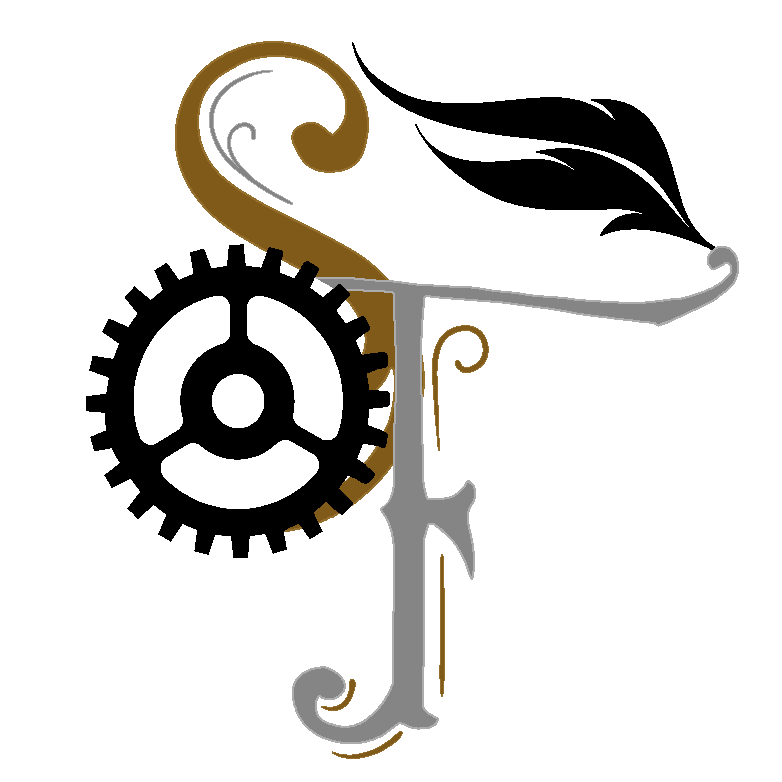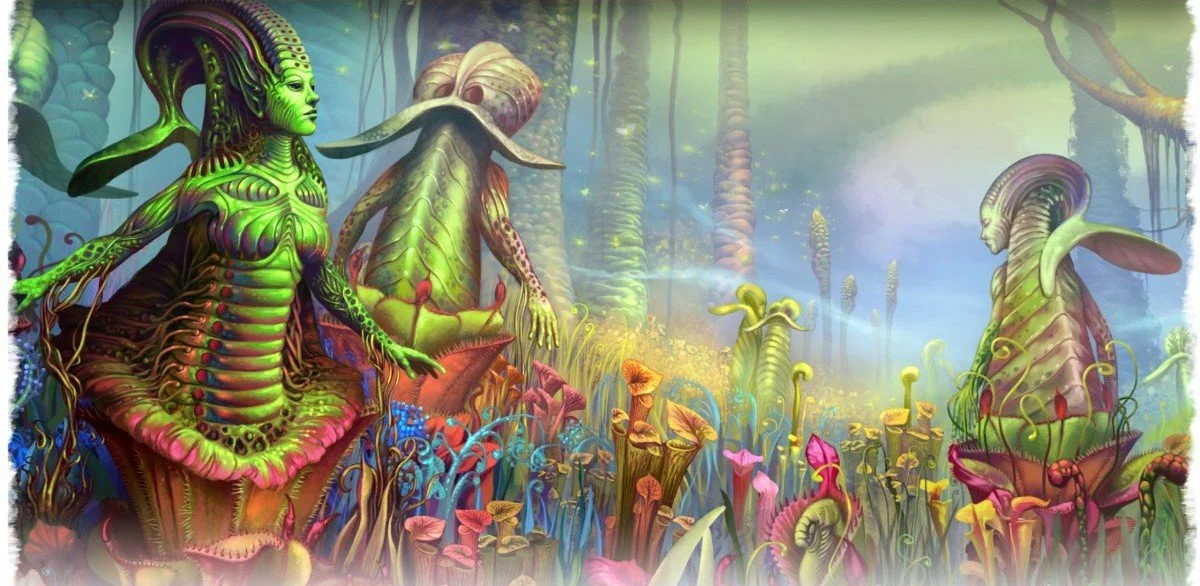Welcome to Talislanta—and why it’s Epic
In 1987, a different type of fantasy setting was created by Steven Michael Sechi—Talislanta. Gone were the tropes of elves being the vaulted species who knew everything and were perfect in nearly every way. The classic tolkienism that pervaded nearly every fantasy setting released during this era of gaming history was discarded and replaced with one of the early iterations of magic-punk published in the TTRPG scene. Airships, monstrous player characters, and a high-magic setting brought the fantasy, but the grounded nature of adventuring through a dangerous and vibrant world against ancient societies brought the punk. Throughout the setting’s history, Talislanta has been an icon of the TTRPG scene through 1st Edition, 2nd Edition, 3rd Edition, 4th Edition, a D20 edition, and finally—it is coming to 5th Edition.
Today at Storytellers Forge, we are breaking down this setting for Storytellers and Players. How to run it, why you should run it, and where to pick it up. Michael Oldziej is one of our writers on The Black Ballad and has no idea that I’m writing this blog post and diving deep into all the sample packets and setting books provided by the magnificent mind of Christopher Batarlis at Everything Epic. Without further ado, let’s look at what this team has cooked up.
35 Years Later - Still no Elves.
〰️
35 Years Later - Still no Elves. 〰️
Exploding Tropes
Talislanta has a strong hook (particularly after the OGL) for trying something new. No elves, no dwarves, no orcs, and no ancestry is inherently good or evil. This concept has been a talk in the TTRPG scene for some time now, and even though things have been changing in other game lines—this is Talislanta’s default. With over 100 race/class Archetypes to play in the latest edition the character creation options are expansive. Rather than just focus on a vertical progression system, characters have a measure of skill and talent to fall back on. Full archetypes and skill collections that mix with your character’s traits to make each person at the table unique. The “Archetype” system presented in the latest edition is akin to a “Class+Race+Background” all rolled up into one for easy creation and giving the player roleplaying hooks right off the bat.
This page is a preview of all the Archetypes!
From a storyteller perspective, I enjoy using characters more often as antagonists than mindless monsters, and being able to sandbox a hundred different motivations and skill combinations quickly on the fly is exactly what I’m looking for. I personally delight in telling stories shaded with moral greys, and the sandbox presented is perfect for us STs. Even if you aren’t playing in the setting of Talislanta, studying their character creation method or drawing upon their NPCs and monsters for your homebrew game helps facilitate fresh content at your table.
How would we run it?
First, you need the books. It goes live on Gamefound March 14th, and you can pre-sign up here. Second, you need an idea, but here’s mine! Have you ever heard of a West Marches style TTRPG? West Marches style has been around, but the concept is simple: A single campaign with multiple groups coexisting and exploring the world simultaneously. Now hear me out here: no regular party, no scheduled play time, and no regular plot. You and your friends who happen to free pull out your characters and run a one-shot. When it’s over, the characters part their separate ways, and the storyteller writes down fun plot hooks that might happen in that part of the world.
The next group that plays might uncover something new, work for a different kingdom, or unlock ancient mysteries—but will hear about the prior event in some way.
Expansive and epic settings like Talislanta are PERFECT for West Marches style RPGs. Both the storyteller and players can explore the world together. This is important because new STs glaring at three books and 35 years of history might seem daunted by all the choices and possibilities. Rather, understand you don’t need to know ANY of that. The biggest advantage of the new (Ultimate) Epic Edition is the world maps and entire atlas of Talislanta with notable locations and important plot beats for new storytellers. With just that singular element, you can let your players choose where they go. Mix and match your table with different characters each session, and let the world slowly evolve around your table.
Even I’d allow myself to be surprised as the storyteller about what new horrors or mysteries are uncovered. Like this image below! What is THIS!?
I have no idea what these are… but I already know I need to keep our Social Media Bard away from this field.
In A Nut Shell: It’s Alien. It’s Cool. It’s Epic.
Everything Epic has made some amazing things in the past, and we are obviously a huge fan of their writers and artists (we work together as well!). I’ve also had the pleasure of attending the Dragon Thrones Immersive Live Action run by Chris. This team doesn’t mess around when it comes to adding more things you didn’t even know were THINGS in their games. They’ve followed through on multiple campaigns and have a keen eye on the community: which is why this project is on Gamefound. Many studios are exploring alternative options to Kickstarter that are more community focused and have a better record of accomplishment in supporting creatives. Storytellers Forge may use Backerkit, but we were closely looking at Gamefound ourselves.
Getting a chance to deep-dive into this project also made me even further excited about what our mission is at Storytellers Forge: writing campaigns that fit in other worlds. Because with all those alien monsters and strange plant ladies, surely the party is going to get TPK’d at one point—and the Sunless Crossing will be waiting for them.
Featured Images: Talislanta


